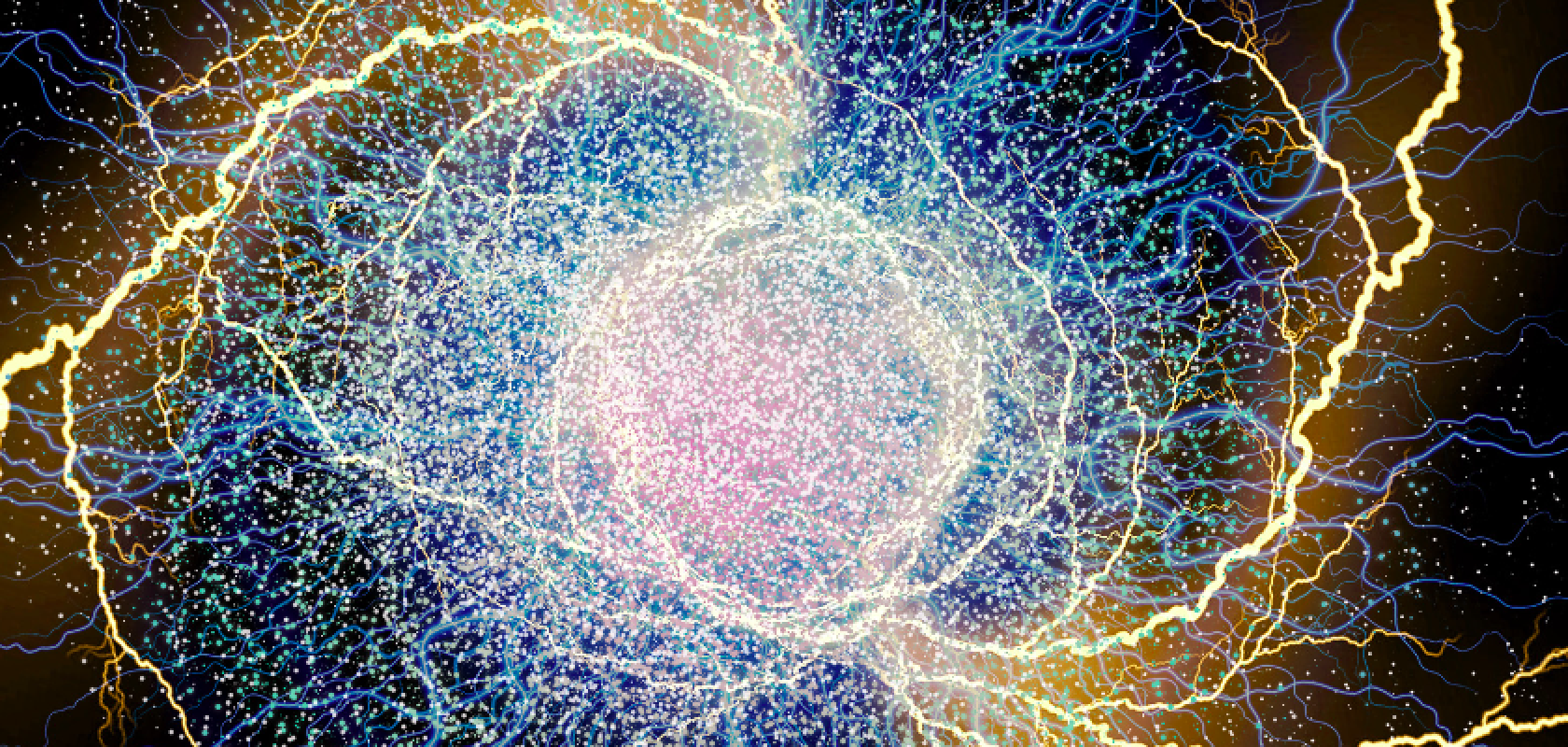Scientists at the University of Arizona have developed the world's fastest electron microscope capable of taking freeze-frame photographs of a moving electron.
The researchers achieved this field-first by creating a transmission electron microscope (TEM) with a single attosecond electron pulse.
The feat – which is hoped to drive advancements across physics, chemistry, bioengineering and more – is particularly notable given electrons can circle the Earth in seconds. In fact, electrons travel about 2,200 kilometers per second.
Capturing intricate, atomic-scale images
TEM are used to magnify objects up to millions of times their actual size in order to see details too small for a traditional light microscope to detect. Unlike optical microscopes, which rely on light in the visible spectrum, TEM can reveal intricate detail at the atomic scale by magnifying nanometer structures up to 50 million times.
Through their work, published in Science Advances, the researchers were able to use the TEM to capture images that take place at an attosecond (one quintillionth of a second) – freezing movements that would otherwise be invisible and enhancing temporal resolution.
Lead researcher, Mohammed Hassan concluded: “When you get the latest version of a smartphone, it comes with a better camera. This transmission electron microscope is like a very powerful camera in the latest version of smart phones; it allows us to take pictures of things we were not able to see before – like electrons. With this microscope, we hope the scientific community can understand the quantum physics behind how an electron behaves and how an electron moves."
Building on Nobel Prize-winning work
Ultrafast TEMs previously operated by emitting a train of electron pulses at speeds of a few attoseconds. And to build upon previous technology, the team took inspiration from the achievements of others, using it as a stepping stone.
Hassan said: “The attosecond science is a rapidly growing science, started by the pioneering work of generating extreme ultraviolet radiation attosecond pulses, by the three Nobel laureates of Physics 2023: Pierre Agostini, Ferenc Krausz, and Anne L’Huillier. This tool allowed us to trace and study the electron dynamics in real time. [The] ‘Attomicroscope’ is a new tool we introduced to the field, which allows us to see electron motion in real time and in space.”
Considering real-world applications
Ultimately, it is hoped the new Attomicroscope can have real-world benefits, given TEM technology is already used in areas such as cancer research, virology, semiconductor research, materials science, and even pollution.
Speaking about potential applications, Hassan said: “The attomicroscope can image the electron motion, which opens the door for a vast range of applications. For example, imaging the electron motion in materials and connecting it to its morphology under the microscope would provide more insights to engineer ultrafast light-based electronic devices. In chemistry, the formation and breaking of chemical bonds is the basic step in chemical reactions, which is based on electron motion. Imaging this process would allow us ultimately to see the chemical reactions in action and potentially control it.”
He also added: “Imaging electron motion in biological samples such as cable bacteria and understanding the mechanism of electron transfer could open the door of using these cables in developing biological-based medical devices. Finally, we hope the attomicroscopy electron imaging could help us to see the electrodynamic quantum world.”


